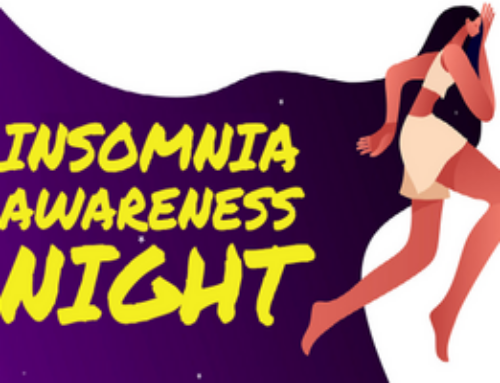Have you heard of Rusty the narcoleptic dog? He’s the star of a popular YouTube clip, which shows him running and barking in the grass before suddenly falling asleep. The video, posted in 2005, has racked up over four million views. Video footage was taken from a 1990’s psychology education video, so it’s likely that Rusty has passed away since then, after living the glamorous life of an internet sensation.
Rusty suffered from canine narcolepsy, which in severe cases is characterized by sudden sleep attacks. Narcolepsy is a sleep disorder that causes excessive daytime sleepiness, and in some cases, hallucinations, sleep paralysis, and difficulty sleeping through the night. The first report of a narcoleptic dog occurred in 1973.
In humans, narcolepsy symptoms usually appear between the ages of 15 and 25, but timing can vary.
There are two types of narcolepsy:
- Narcolepsy Type 1 – This type of narcolepsy involves a combination of excessive daytime sleepiness and one or both of the following:
- Cataplexy is when you have attacks that cause a sudden loss of muscle tone while you are awake. It may lead to slurred speech and buckling knees, or in more severe cases complete paralysis. These events are usually triggered by strong emotions such as joy, surprise, laughter or anger.
- Low or absent CSF hypocretin-1 levels. Narcolepsy type 1 is caused by a deficiency of hypocretin (orexin). A patient with low hypocretin has narcolepsy type 1, even if they don’t exhibit cataplexy.
- Narcolepsy Type 2 – This type of narcolepsy occurs when you have continuous excessive sleepiness but no cataplexy. You may take a nap for a couple of hours and wake up feeling refreshed. But after a short time, you feel tired again.
Excessive sleepiness or a sleep attack can happen at any time and can be dangerous, especially if the person is driving or operating machinery.
In 1999, Dr. Emmanuel Mignot discovered the genetic mutation that causes narcolepsy, suggesting that many people with narcolepsy with cataplexy have low levels of a neurotransmitter called hypocretin.
Dr. Mignot is the Director of the Stanford Center for Sleep Sciences and Medicine. He studies narcolepsy in humans and animals, particularly in dogs. He has owned several narcoleptic dogs as pets, and previously studied a breeding colony of narcoleptic dogs at Stanford.
In the case of Rusty the dog, he was lucky to have soft grass to frolic in. Hopefully his owners made sure to keep him away from stairs and other safety hazards. While this GIF of Rusty is a bit comical, narcolepsy is no joke. One in 2,000 people have some form of narcolepsy, and live with it for the rest of their lives.
Dr. Mignot and his team continue their work to find a cure for narcolepsy. Right now, there is no cure, but lifestyle changes and medication may help. People with narcolepsy can benefit from short naps during the day and keeping a consistent bedtime schedule. If you think you have narcolepsy, talk to a board certified sleep medicine physician. Find one at an AASM-Accredited sleep center near you.





